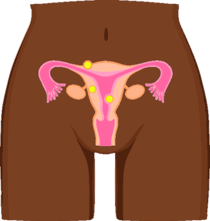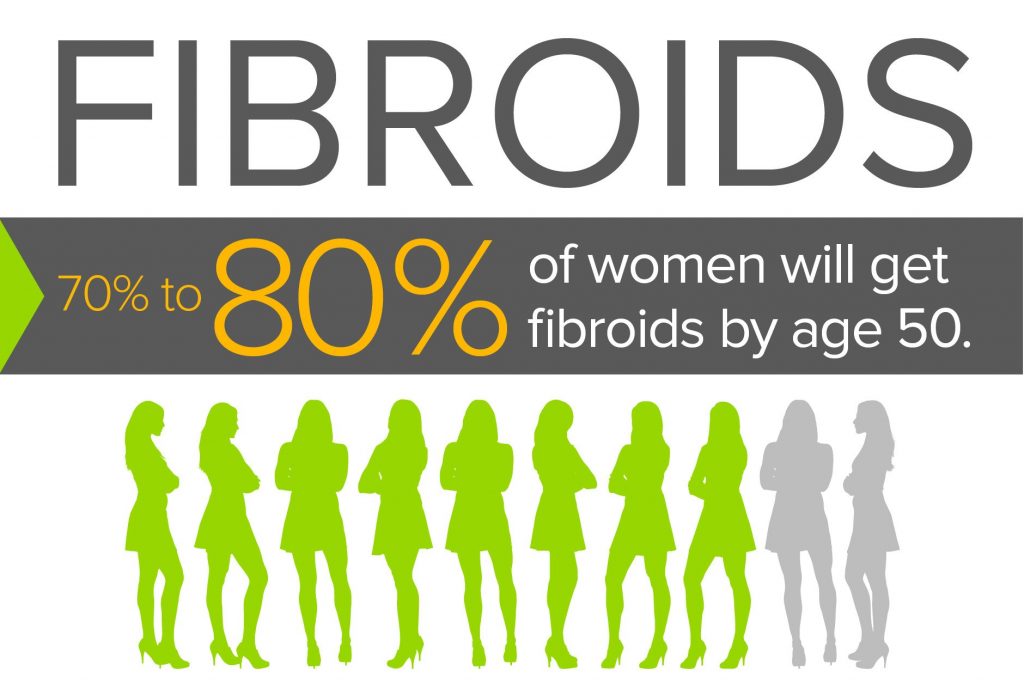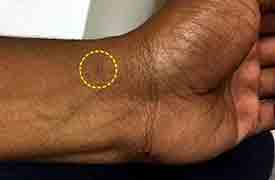
FREE Phone Screening
Are you experiencing any of the following symptoms?
If yes, you could be one of the many women suffering from uterine fibroids.
• Heavy menstrual periods
• Pain between and/or during periods
• Difficulty or frequent urinating
• Pelvic pain or pressure
• Constipation
• Pain during and/or after intercourse
• Back or leg pain
• Distension or bloating

Request a FREE phone screening to find out if you qualify for non-surgical treatment of your fibroids.
"*" indicates required fields
Fibroids Overview

What are Fibroids?
Fibroids are non-cancerous growths in the uterus, or womb. Fibroids develop from the smooth muscular tissue of the womb. They may grow slowly or quickly, or they may simply stay the same size. However, if they get too large, they may start causing the painful and life-altering symptoms listed above.
Who Can Get Fibroids?
Fibroids are very common. As many as 3 out of 4 women will develop fibroids during their lifetimes. Most are unaware they have fibroids. Sometimes, doctors will accidentally discover fibroids during a routine pelvic or pregnancy exam, and then refer their patients to a specialist to have the fibroids treated.

Risk Factors for Fibroids
Fibroids are commonly associated with the following factors:

Women Ages 30-50
Fibroids tend to appear most commonly in women in this age range.

Black Women
Black women are at a higher risk for fibroids.

Mother with Fibroids
If your mother had fibroids, it increases the chance of you having fibroids.

Unbalanced Diet
Eating a lot of red meat and ham but not many vegetables.
Uterine Fibroid Embolization (UFE)
A Non-Surgical Treatment for Fibroids
Our number one patient-preferred treatment option is Uterine Fibroid Embolization (UFE). This is a state-of-the-art procedure that requires no surgery, no incision, and no vaginal access. See why UFE is the right choice for you to become Fibroid Free and take your life back:

UFE is Patient Preferred
Uterine Fibroid Embolization stops blood supply to the fibroids so it is unnecessary to remove the uterus.


UFE is Minimally Invasive
While the patient given medication to feel sleepy and comfortable, UFE is done through a puncture the size of a grain of rice. It heals with almost no scarring.


UFE Has Quick Recovery
The recovery time is just 7-10 days, shorter than a hysterectomy, so you can get back to your life and work quickly and with less pain.
